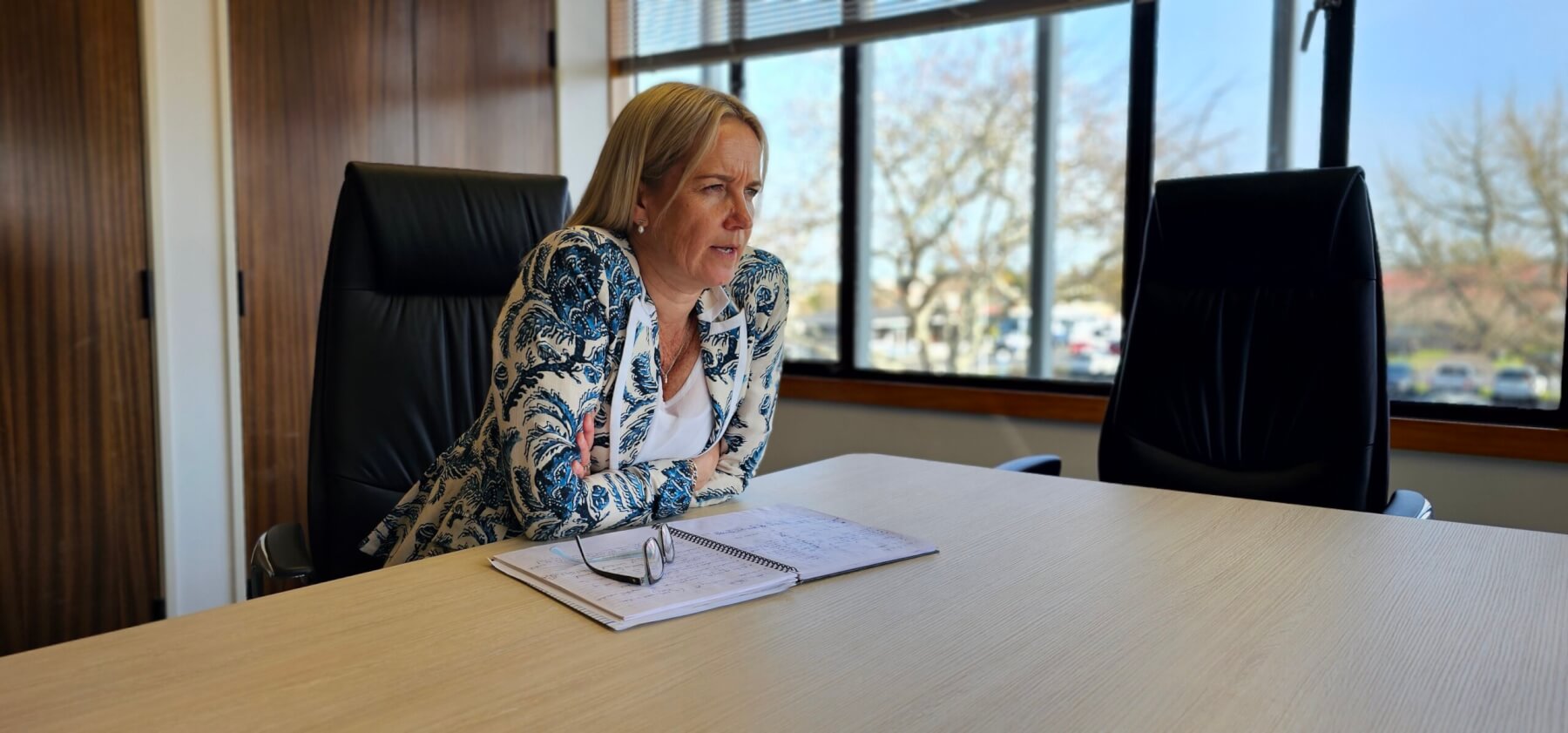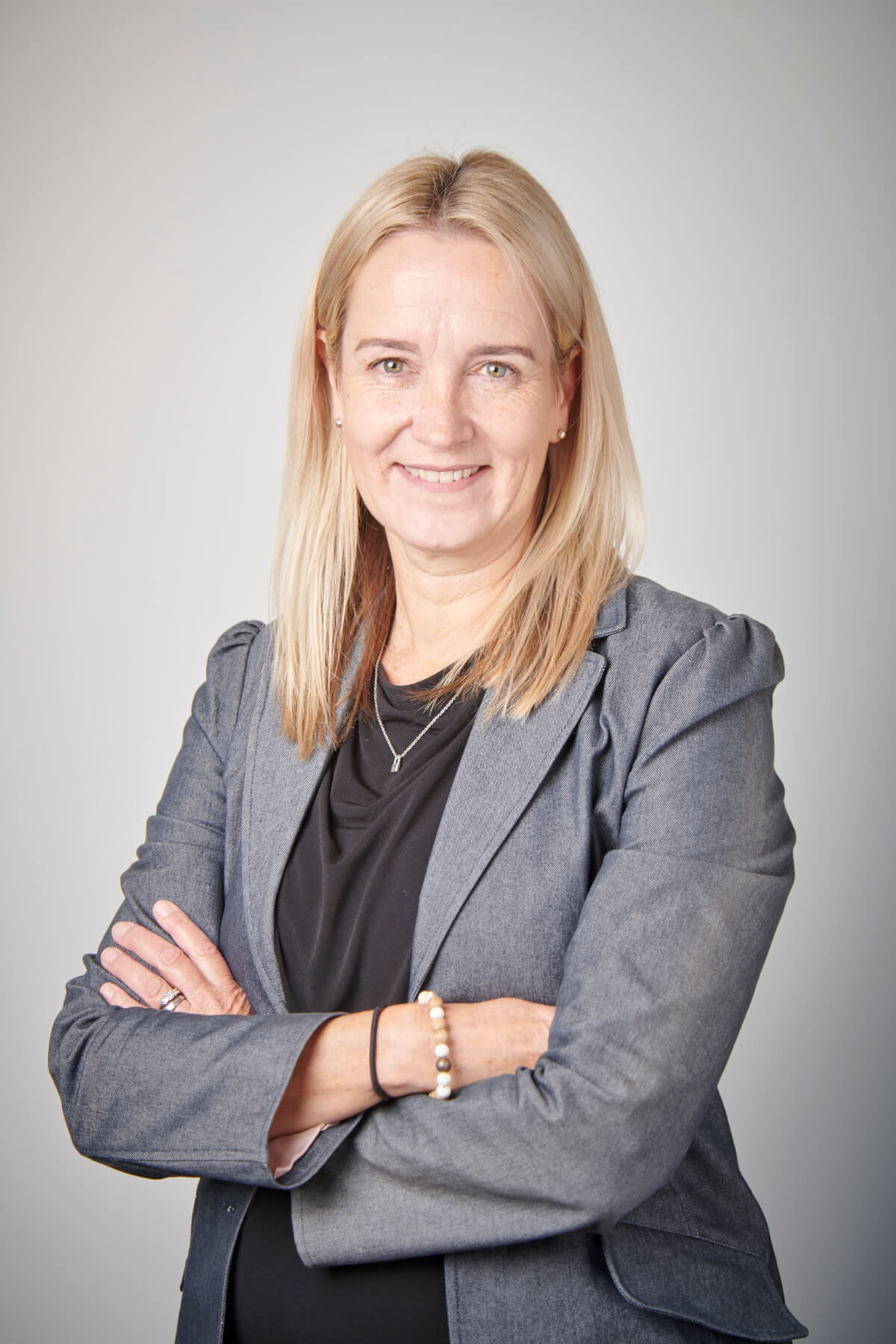
Long Term Plan
After five intense rounds of revision, Waipā District Council’s Draft Long Term Plan has taken shape and it’s now $198 million leaner than when we began in May 2024. Despite those significant cuts, I recently asked staff to go back and sharpen their pencils once more. I wanted to be absolutely sure that every proposed dollar was necessary, aligned with our core responsibilities, and, importantly, affordable for our community.

Susan O’Regan in her office at Waipa District Council in Te Awamutu.
This meant re-evaluating spending on non-essential items projects that could be deferred, business cases for unfunded initiatives, and anything that didn’t pass the common-sense test in a financially constrained environment. If it didn’t meet the ‘sniff test’, it was put back under the microscope.

Susan O’Regan
There’s no question this has been a tough and complex process. From the outset, I was determined that elected members be involved, not just at the end, but throughout. I wanted every councillor to help shape the plan and understand the decisions being made. That approach has created a more robust, transparent process than in previous planning rounds.
We began with a clear, agreed set of priorities and we’ve stuck to them.
First, we must meet our legislative and regulatory obligations. That’s non-negotiable. Second, we must look after what we already have – our roads, pipes, parks, buildings and reserves. These are the assets our community relies on every day.
We also agreed not to reduce levels of service. That meant for example no cuts to things like library hours and no reductions in mowing contracts. These may seem like small details, but they shape the quality of life our residents experience and take pride in.
Finally, if a project didn’t meet any of the above priorities, it had to align with our long-term spatial plan, Ahu Ake, which sets the direction for Waipā. Every investment had to earn its place.
There’s no glossing over it, this plan is hard. But what makes this plan particularly challenging is the financial pressure caused by continuing to deliver our waters services in-house. The expense of maintaining and upgrading our water infrastructure has increased sharply with the costs in this sector increasing 52 per cent over the past 10 years.
Added to this are the dual pressures of growth and a national economic downturn. Growth creates demand for new infrastructure all needing funding up front and repaid over time. Central Government requires us to make land available for development, so growth isn’t an optional notion. At the same time, inflation and interest on increasing debt has pushed borrowing costs to levels we’ve never seen before.
This is a sobering reality, and the plan addresses it head-on. We’ve reprioritised projects, delayed non-essential work, and staged investment more carefully. But the long-term affordability of the programme remains a key concern which is why the water reform is crucial.
What’s also clear is that the way local government is funded is not fit for purpose. Waipā is expected to deliver more than 28 critical services using outdated revenue tools rates, fees, and the occasional subsidy. Local Government’s share of the national public funding hasn’t meaningfully changed in more than a century. That must change, and I will continue advocating strongly for reform.
Despite the challenges, we still remain on track to deliver the largest capital works programme in Waipā’s history and confidence is returning to the economy.
This plan is a reflection of where we are right now, making careful decisions, staying realistic, and keeping the future in sight. We’re cutting back where we can, without losing sight of what matters. That, I believe, is the balance our community expects and deserves.

Long Term Plan








